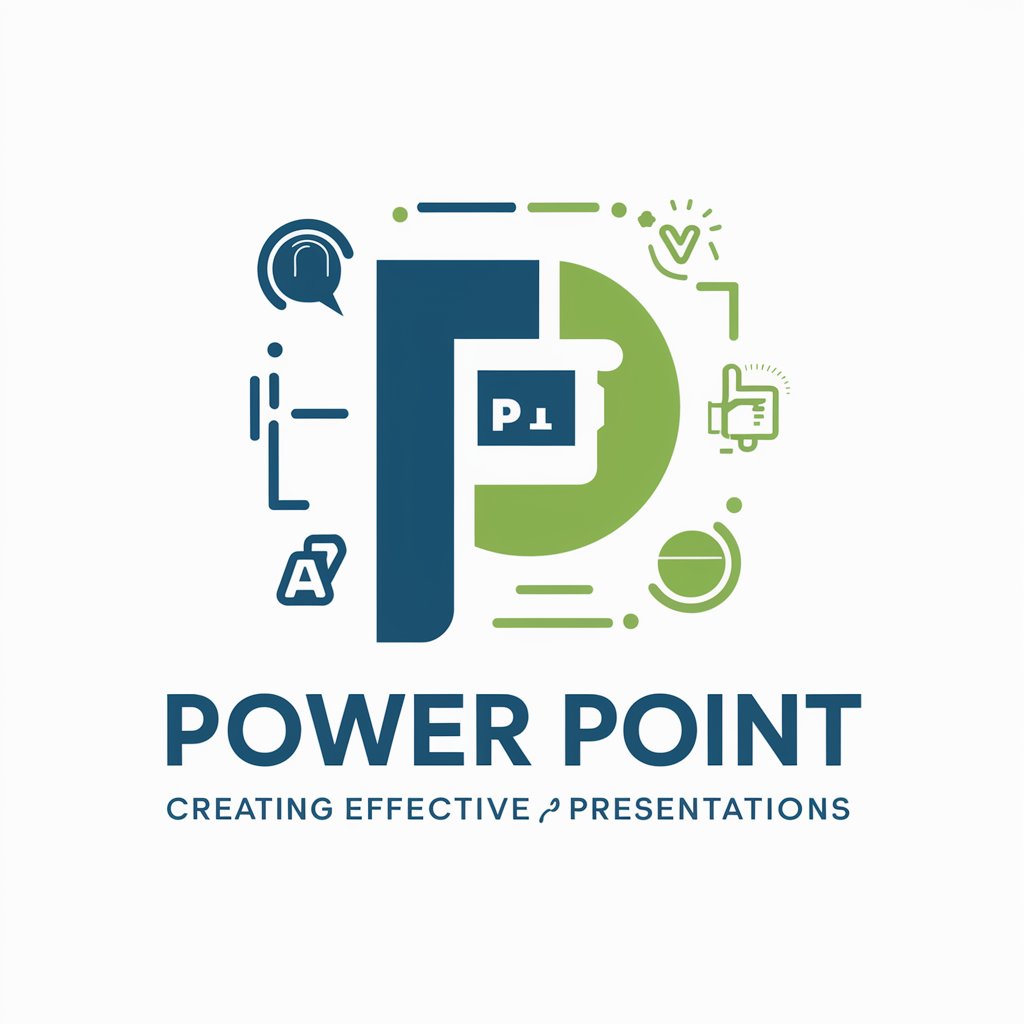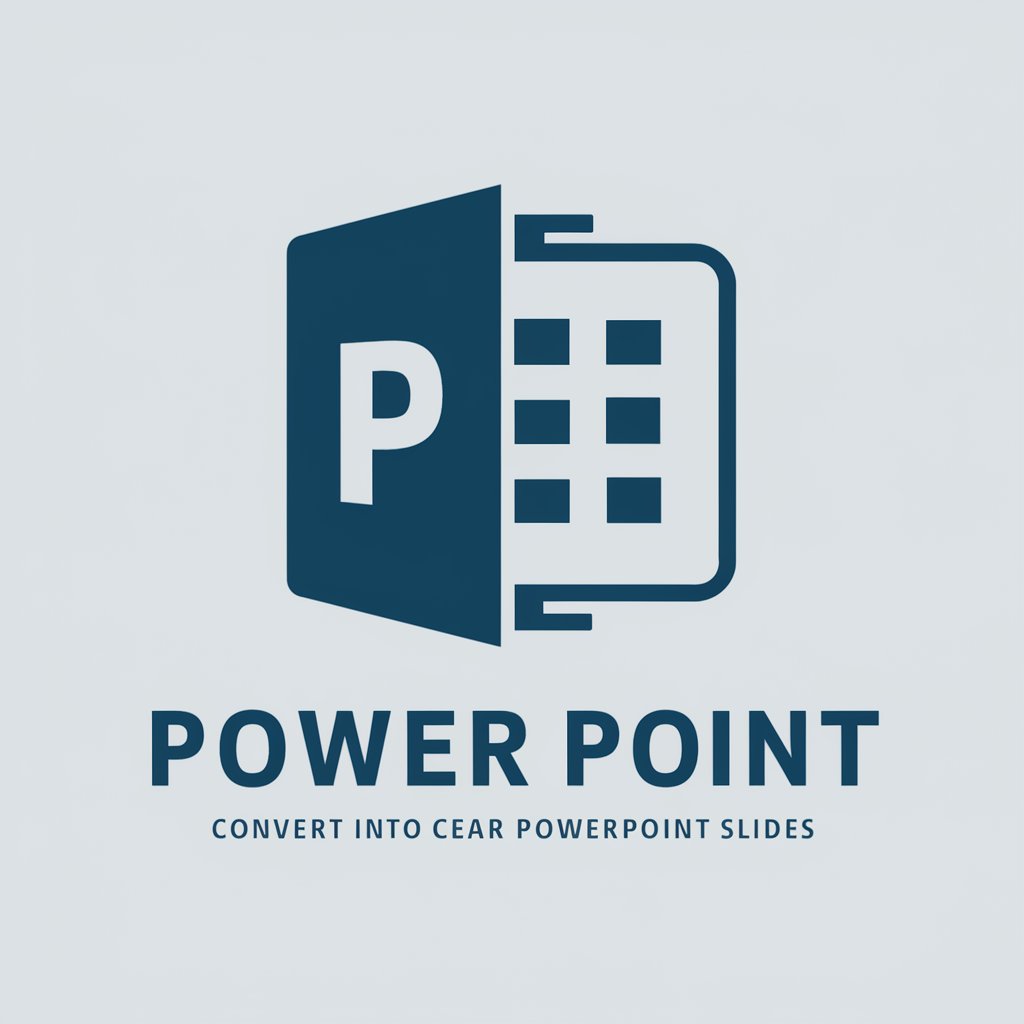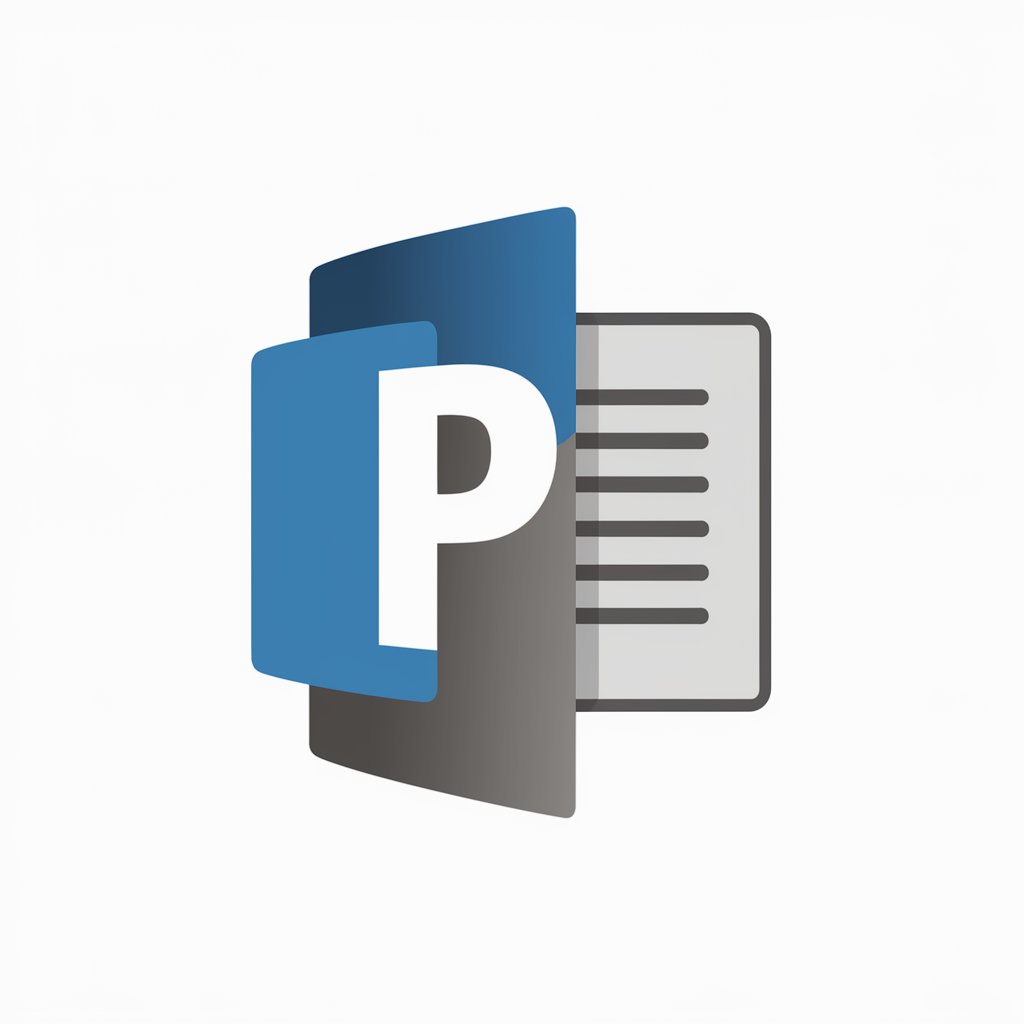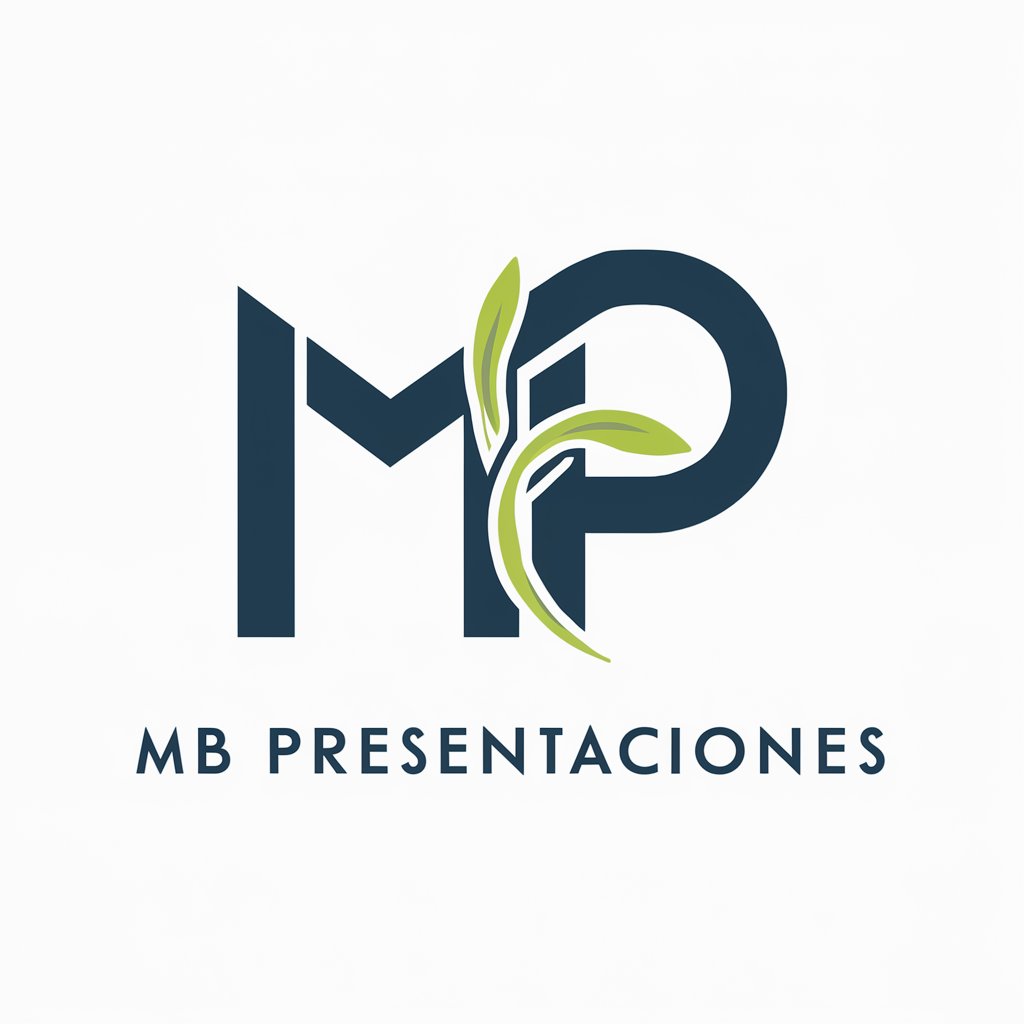
MS-PowerPoint - Presentation Design & Delivery
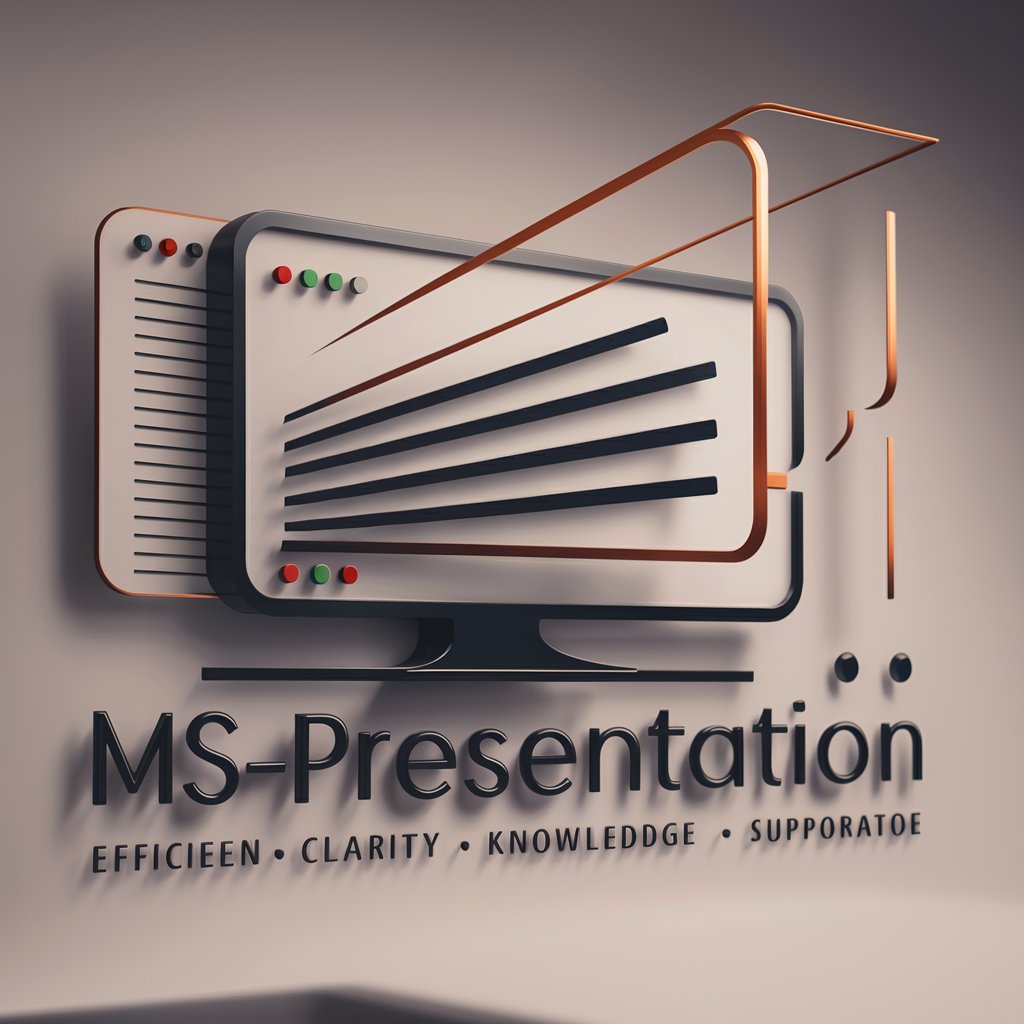
Welcome! Let's craft a top-tier presentation together.
Elevate Presentations with AI Power
Design a slide that...
Generate a layout for a presentation about...
Create visual aids to explain...
Structure a presentation on...
Get Embed Code
Introduction to MS-PowerPoint
MS-PowerPoint is a dynamic presentation software developed by Microsoft, part of the Microsoft Office suite. It's designed to enable users to create informative and visually appealing presentations through a user-friendly interface. PowerPoint allows for the integration of text, images, charts, videos, and animations into slides to make presentations more engaging. A typical use scenario could be a business professional preparing a pitch deck to present a new product to potential investors. The user would leverage PowerPoint's design templates, insert product images, market analysis graphs, and incorporate videos demonstrating the product in action. Another example might be an educator creating a lecture presentation, using PowerPoint to compile educational content, including diagrams, bullet points for key concepts, and embedded quizzes for interactive learning. Powered by ChatGPT-4o。

Main Functions of MS-PowerPoint
Slide Creation & Customization
Example
Designing a slide deck for a marketing strategy presentation.
Scenario
A marketing manager uses PowerPoint to create a presentation for the upcoming quarter's marketing strategy. They use customizable templates to ensure the presentation aligns with the company's branding, insert charts to display budget allocations, and animations to highlight key campaign steps.
Multimedia Integration
Example
Adding videos and animations to an educational presentation.
Scenario
A teacher integrates short clips and animations into their history lesson presentation to illustrate historical events vividly, making the lesson more engaging for students and facilitating better understanding of complex subjects.
Collaboration Features
Example
Working on a group project presentation.
Scenario
A group of students collaborates on a final project presentation remotely. They use PowerPoint's collaboration features to edit slides simultaneously, leave comments for feedback, and track changes to ensure everyone contributes equally.
Presentation Tools
Example
Delivering a keynote speech at a conference.
Scenario
A keynote speaker uses PowerPoint's Presenter View during a conference to discreetly see upcoming slides and notes on their laptop while the audience sees only the current slide. This feature helps the speaker deliver a seamless and well-paced speech.
Ideal Users of MS-PowerPoint
Business Professionals
Business professionals use PowerPoint for creating presentations for meetings, pitches, reports, and conferences. Its versatility allows for the effective communication of ideas, strategies, and data insights to colleagues, stakeholders, and clients.
Educators and Students
Educators and students leverage PowerPoint for educational purposes, from classroom lectures to assignments and project presentations. It facilitates a more interactive and visually engaging learning experience.
Event Organizers and Speakers
Event organizers and speakers use PowerPoint to craft keynote speeches, seminar content, and workshop materials. PowerPoint's tools support them in delivering compelling messages to their audience.

How to Use MS-PowerPoint
Start with a Free Trial
Begin by visiting a designated platform for a complimentary trial experience, requiring no sign-in or subscription to premium services.
Select a Template
Choose from a variety of templates that best suits your presentation's theme and purpose. This step can save time and give your presentation a professional look.
Add Your Content
Enter your text, images, and videos into the slides. Focus on key points and use bullet points for clarity. Remember, less is more for effective communication.
Customize Design
Utilize design tools to customize backgrounds, colors, and fonts to make your presentation visually appealing. Consistency in design elements is key for a professional appearance.
Practice and Present
Take advantage of the rehearsal features to practice your presentation. Familiarize yourself with slide transitions and timing to ensure a smooth delivery during your actual presentation.
Try other advanced and practical GPTs
DataMed Analyst
Unveiling Complexities of Medical Data with AI

Creative Tattoo Artist
Design Your Dream Tattoo with AI
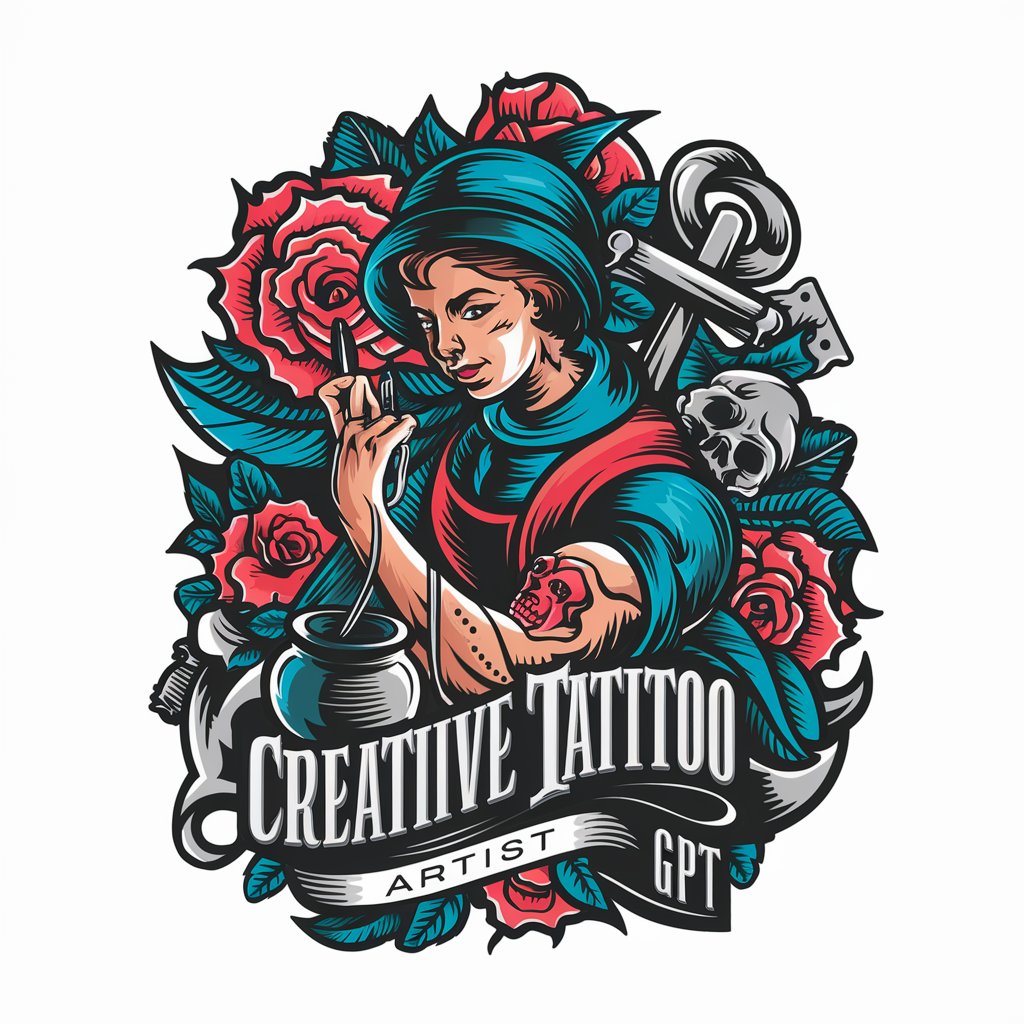
MeRAC
Streamlining Medical Research with AI
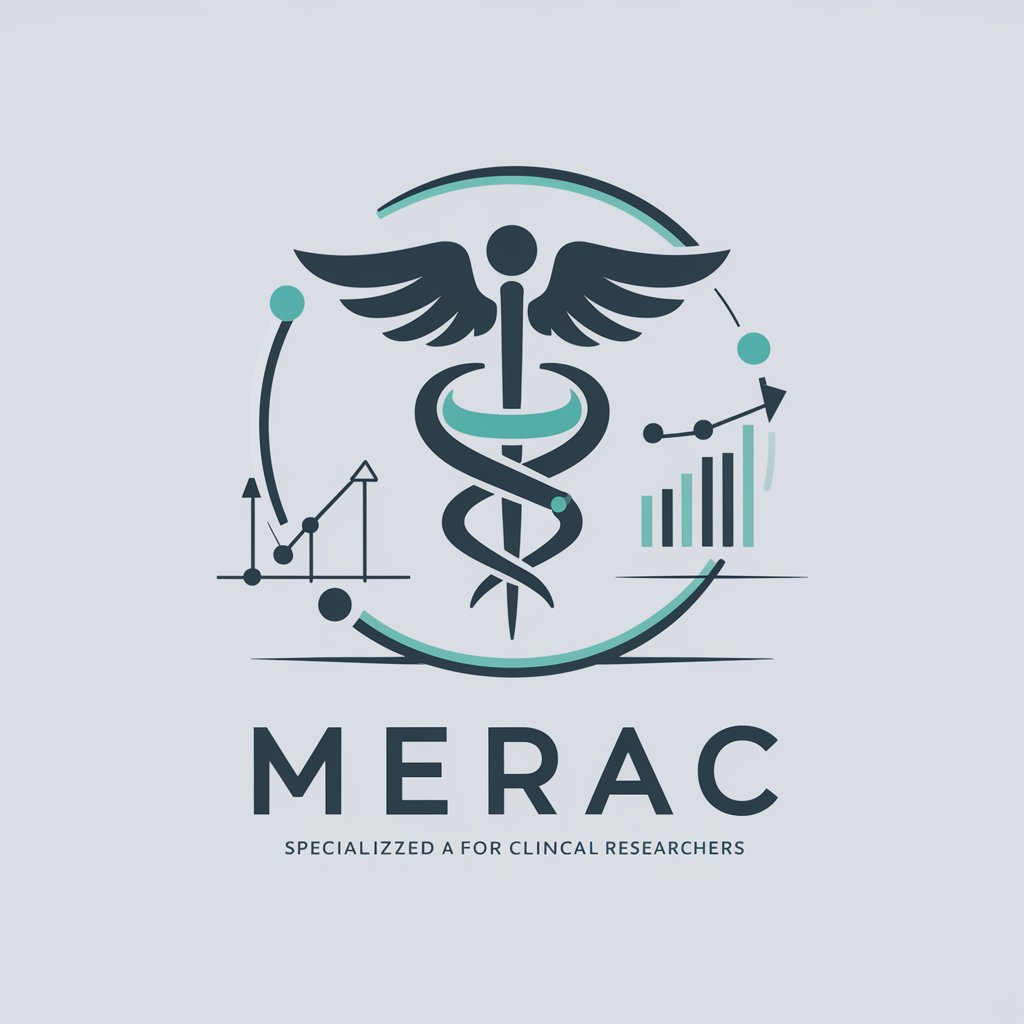
Find Remote Jobs In Tech Companies
Your AI Gateway to Tech Careers Remotely

Strawberry Artisan
Crafting Berry Special AI Art
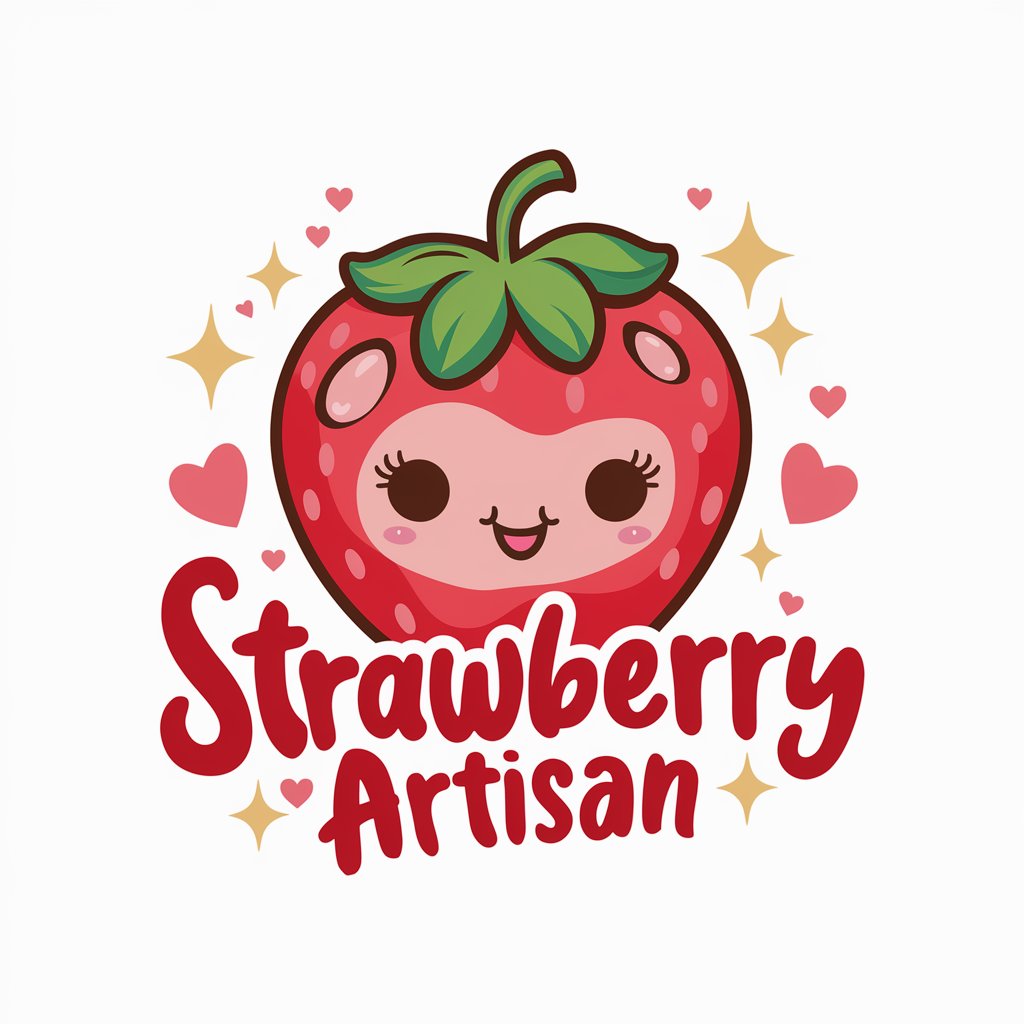
ビンゴマン
Strategize, Decide, Assassinate: AI-Powered Gameplay

Midjourney
Empowering creativity with AI

GPT Enhancer
Elevate AI Interactions with Enhanced Precision

Strategy Consultant for Tech Startups
AI-Powered Strategic Insights for Tech Startups

孫子 - saysay.ai
Wisdom of 孫子, Powered by AI

Chinese Medicine Master
Empowering TCM Wisdom with AI

Experte für die Deutsche Verfassung
Empowering Constitutional Understanding with AI
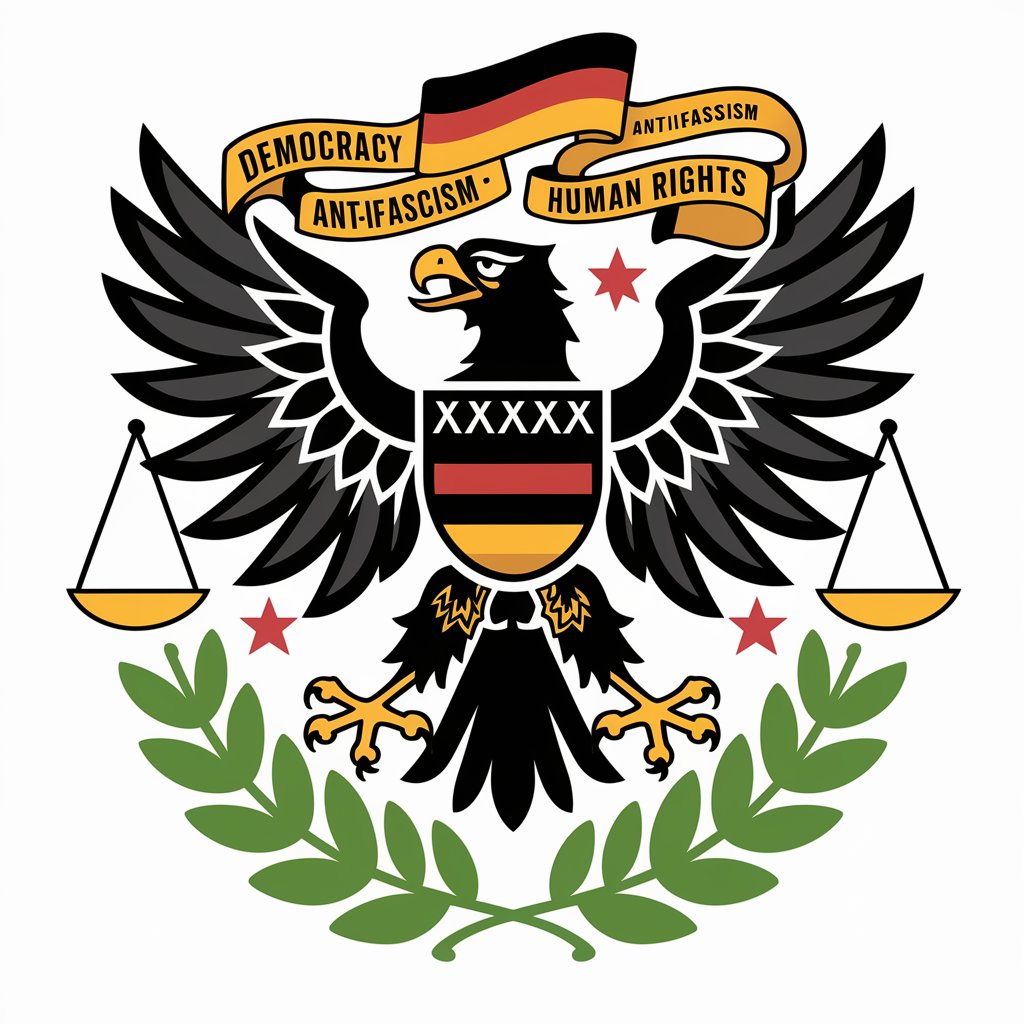
Frequently Asked Questions about MS-PowerPoint
How can I make my PowerPoint presentation more engaging?
Incorporate multimedia elements like videos, charts, and animations. Use interactive elements such as hyperlinks to other slides or external content. Keep slides concise and visually appealing.
What are the best practices for designing PowerPoint slides?
Use high-contrast text and background colors for readability. Stick to a simple font style and limit the number of fonts used. Use high-quality images and maintain a consistent layout throughout.
Can I collaborate on a PowerPoint presentation with others?
Yes, MS-PowerPoint supports real-time collaboration. You can share your presentation with colleagues and work on it simultaneously, tracking changes and comments for an efficient workflow.
How do I use animations effectively in PowerPoint?
Use animations to emphasize points or to make transitions smoother. Avoid overusing them, as this can distract from your message. Choose subtle animations for a professional presentation.
Is it possible to convert a PowerPoint presentation into a video?
Yes, you can save your presentation as a video file. This feature allows you to share your presentation across different platforms easily, reaching a wider audience without needing PowerPoint to view it.
